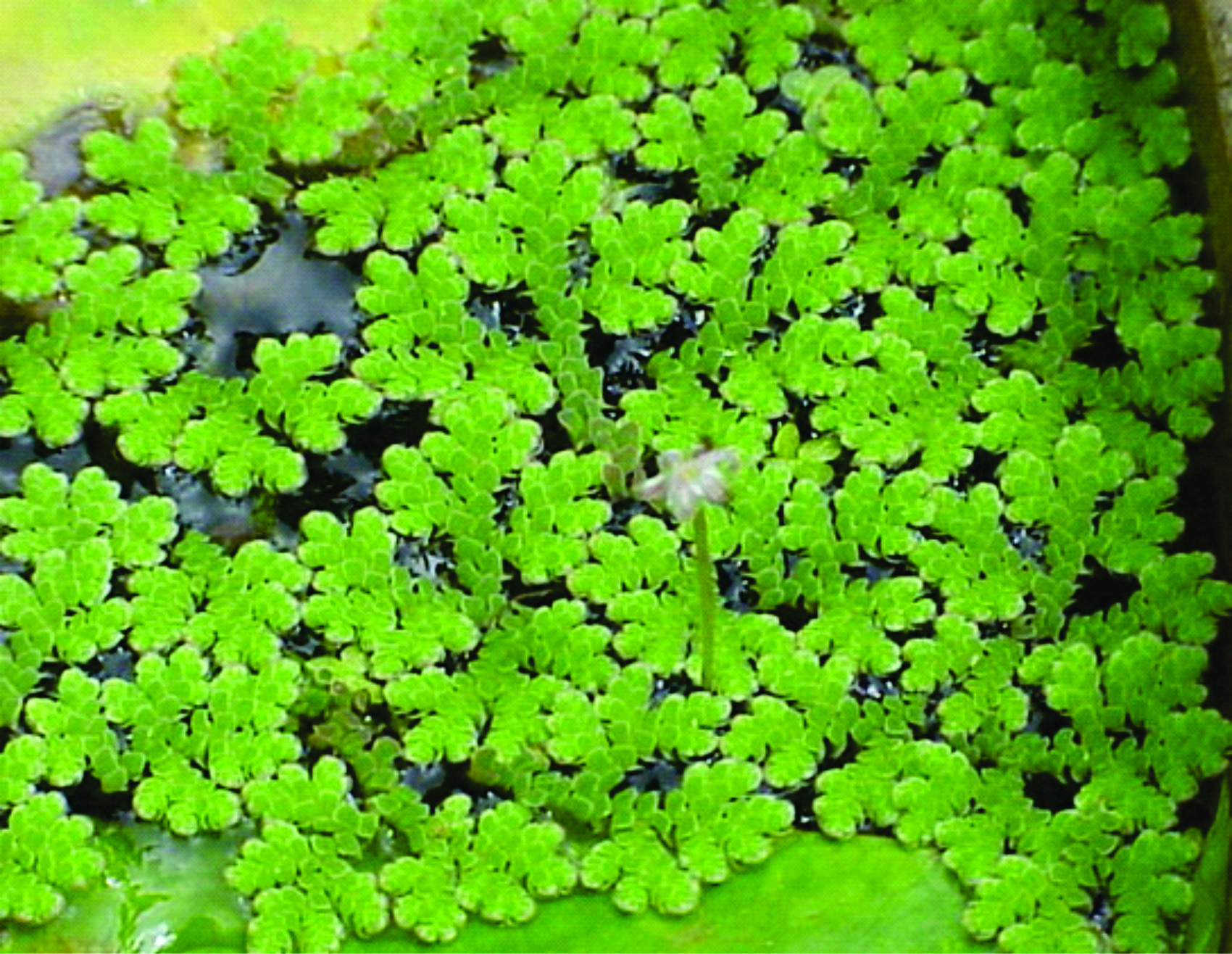At approximately 49 million years ago, the Arctic experienced a huge growth in a rapidly reproducing fresh-water fern named Azolla. This fern thrives today, as it did then, in quiet fresh-water environments and is known commonly as "duck weed." This habitat was fostered by a warm wet climate and a restricted Arctic Ocean that was isolated and not mixed by world oceanic circulation. Some have postulated that Azolla covered the entire Arctic Ocean and was responsible for a carbon-draw down that would have cooled the entire global climate. Not so fast though. There is no evidence that Azolla covered the entire Arctic Ocean – this is totally an extrapolation from a few isolated localities. Azolla has only been recorded from the Arctic marine margins and the edge of the smaller Eurasian Basin which lies to the east of the Lomonosov Ridge which was a land bridge across the eastern part of the Arctic Ocean at 49 million years ago. The image below is cultered Azolla, photo by Kurt Stüber (Wikipedia).

The smaller restricted Arctic Ocean (Canada Basin in blue below). The Eurasian Basin is even smaller and was located northeast of the Lomonosov Ridge (stipled area). Visit Blakey for a more detailed reconstruction of the Eocene Arctic Ocean.

In an upcoming publication, palynological data, coupled with Azolla occurrences from the Eocene Beaufort Sea, will support an argument that the entire Arctic Ocean was not covered by fresh water or a pervasive mat of Azolla.
For more information on Azolla of the Eocene Arctic Ocean stay tuned for the forthcoming publication:
Reference: Neville, L.A., Grasby, S.E., and McNeil, D.H., 2019